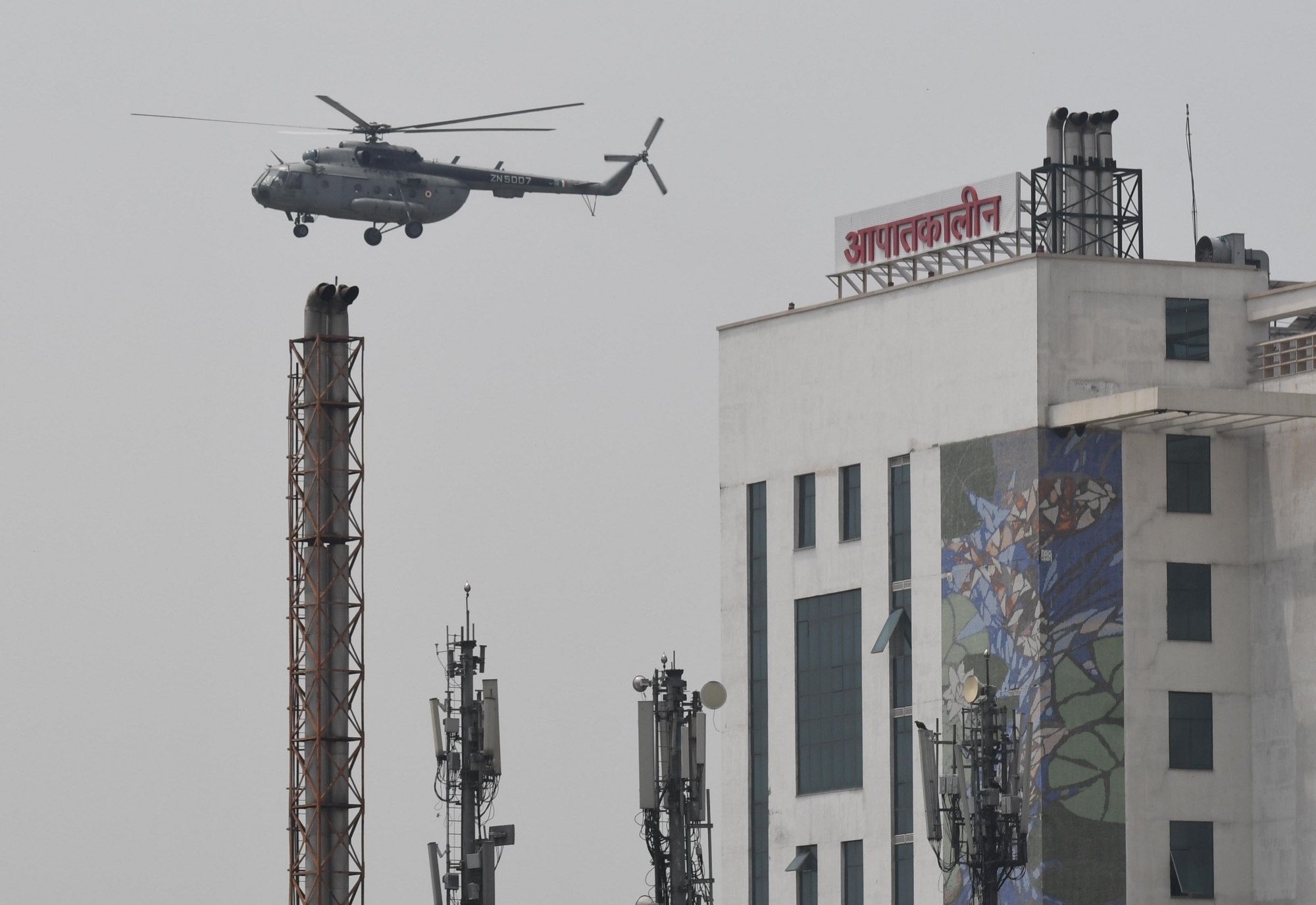After a sharp spike in Covid-19 cases since the beginning of May, it seems the surge in cases will continue for a while before hitting the peak in either June or July, and after this tumultuous period herd immunity may begin to show up in August, says Medical Superintendent at Safdarjung hospital.
Queried on the peak in cases in June or July, suggested by AIIMS Director Prof. Randeep Guleria recently, Dr Balwinder Arora, Medical Superintendent (MS) at Safdarjung Hospital, said the virus is building its own pool in the community, and the peaks are most likely to arrive in this period. “It seems after this peak, it is likely that herd immunity may develop and we can see it in August,” added Arora.
According to reports, when enough herd immunity has come into the community, then it is likely that vulnerable people, especially the elderly and people having comorbidities, will become safer.

On the sudden increases in coronavirus positive cases, Arora added the virus is mutating and it is not concentrated in any particular region, instead it has spread in many parts of the country.
According to data from the Health Ministry, the sharpest spike, of 5,242 new cases, was reported in the past 24 hours, which took India’s total case count of coronavirus to 96,169. The Ministry said, of the total, 56,316 are active cases while at least 36,823 people have been cured from the disease. And, 157 deaths were also reported in the last 24 hours, taking the total fatality count to 3,029.
Queried on a social interaction scenario after the relaxations in the lockdown, Arora insisted that it is essential for people to renew their approach and follow social distancing norms stringently. “Not more than five people should assemble. In fact, if possible only three people should assemble and they should maintain sufficient distance between them,” said Arora.
Many studies on Covid-19 indicate significant mutation in the virus associated with the disease, yet the researchers are not close enough to conclude on how these mutations impact virulence, transmissibility and mortality.
Arora insisted that in the absence of a vaccine, it is important people should maintain hygiene and follow other guidelines associated with the prevention of the disease.









